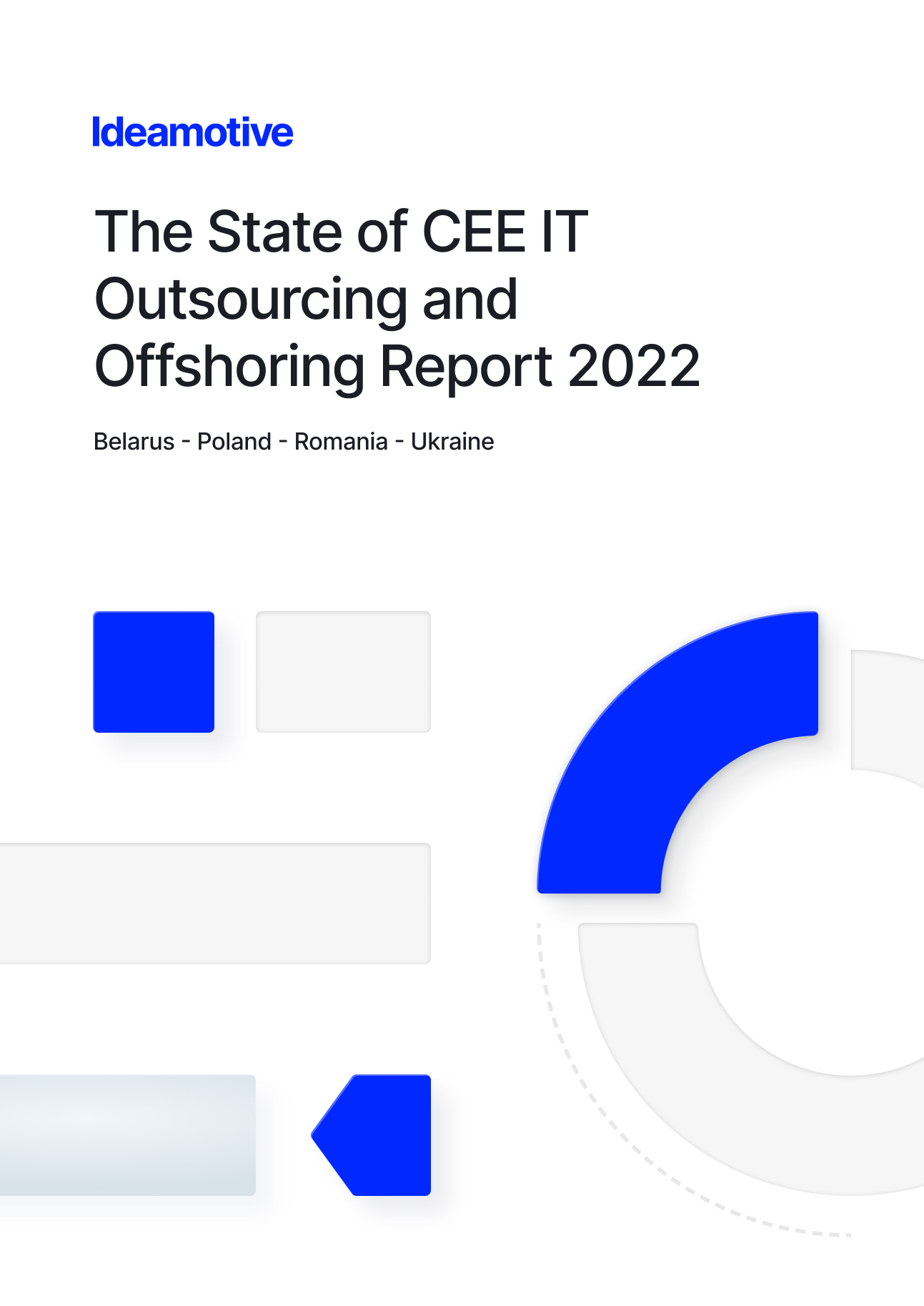In today’s data-driven world, the field of data analytics is undergoing rapid evolution. 2024 marks a pivotal year where advancements in technology significantly impact the ways data scientists and analysts approach complex data. The surge in the amount of data available across various industries is not just about the volume; it's about the increasing complexity and the need for more sophisticated tools and methodologies to analyze and manipulate this data.
Organizations are now focusing on automation and augmentation in data analysis, employing powerful tools like data warehouses and business intelligence platforms to simplify the process. This shift towards automation is crucial for handling complex tasks, saving time, and making data analysis more user-friendly and visually appealing. Efficient data collection and preprocessing have become vital for organizations of all sizes, ensuring smooth and efficient data analysis processes.
Moreover, recent technological advancements are shaping the future of data science. The move from descriptive and diagnostic analytics to predictive and prescriptive analytics is becoming increasingly prevalent. This shift forecasts future events and provides insights on how to influence future outcomes. The focus is now on unified infrastructure, feature stores for managing and deploying machine learning features, and making web app development in Python more accessible to data scientists, enhancing their ability to make models comprehensible and actionable.

These advancements are not just technical achievements; they symbolize a deeper change in how businesses perceive and utilize data. The emphasis is now on turning raw data into meaningful insights that can drive informed business decisions. As we delve deeper into the complexities of data in 2024, we are witnessing a transformative era where data analysis and manipulation are not just tasks but pivotal elements in shaping the future of businesses and industries.
Defining Complex Data Analysis
Complex data analysis has become an integral part of the modern data landscape, particularly in 2024, with its distinct approach that sets it apart from traditional data analysis. This section will delve into what complex data analysis entails and how it differs from regular data analysis, emphasizing the role of complex data types and data structures.
What is Complex Data Analysis?
Complex data analysis refers to the process of examining, cleaning, transforming, and modeling data with the goal of discovering useful information, suggesting conclusions, and supporting decision-making. This form of analysis deals with data that is multifaceted, often unstructured or semi-structured, and derived from multiple sources. The complexity arises not only from the size of the datasets but also from the variety of data types and the speed at which it needs to be processed.
Regular vs. Complex Data Analysis
The primary difference between regular and complex data analysis lies in the nature of the data being analyzed. Regular data analysis often deals with structured data that fits neatly into traditional database formats, making it relatively straightforward to analyze. On the other hand, complex data analysis tackles datasets that are often unstructured or semi-structured, like texts, images, or videos, and requires more sophisticated methods and tools.
The Role of Data Types and Structures
In complex data analysis, understanding and utilizing various data types and structures is crucial. Data types like text, images, and videos, often referred to as complex data types, require specific techniques for effective analysis. Additionally, the data structures used to store and manage this data, such as graphs, trees, and networks, play a significant role in how effectively the data can be analyzed.

2024 has seen a significant push towards scalable infrastructure capable of handling massive datasets through parallel processing. This approach involves splitting large datasets into smaller chunks for independent analysis, a method that is particularly effective for complex data types.
Furthermore, the transition to predictive and prescriptive analytics highlights the need for robust data structures that can support advanced analysis techniques. The use of feature stores, for instance, is becoming increasingly important for managing and deploying machine learning features at scale. These stores offer reproducibility, discoverability, and scalability, essential for handling complex datasets efficiently.
The Complexity in Data: Types and Structures
As we delve deeper into the intricacies of data analysis, understanding the nature of complex data becomes crucial. This section explores what constitutes data complexity, the distinction between complex data types and complex data structures, and their implications in data analysis.
Understanding Data Complexity
Data complexity refers to the attributes of data that make its analysis challenging. These attributes include the volume (amount of data), velocity (speed of data in-flow), variety (different forms of data), and veracity (uncertainty of data). In 2024, with the exponential growth in data generation, these factors are more pronounced than ever. The complexity is not just in the size but in the heterogeneous nature of data sources and formats. For example, integrating and analyzing data from social media, sensors, and transactional systems present a significant challenge due to their disparate nature.
Complex Data Types vs. Data Structures
Complex data types refer to non-traditional forms of data like text, images, video, and audio. These types require specialized analysis techniques, as they do not fit into the conventional rows and columns of a database. For instance, text analysis might involve natural language processing (NLP) to understand sentiment or extract information, while image analysis might require computer vision techniques.
On the other hand, complex data structures pertain to how data is organized and interconnected. Examples include hierarchical databases, graph databases, and network structures. These structures are particularly suited for complex data types, allowing for more nuanced relationships and patterns to be identified in the data.
The Impact on Data Analysis
The distinction between data types and structures significantly impacts the approach to data analysis. For complex data types, techniques such as machine learning, deep learning, and NLP are increasingly used to extract meaningful information. The rise of real-time and near-real-time analytics in businesses emphasizes the need for efficient processing of these data types to deliver quicker insights.
In terms of data structures, the shift towards scalable infrastructure and parallel processing is pivotal. As data grows in size and complexity, traditional single-server analysis becomes insufficient. Parallel processing, where data is split among multiple processors or computers, allows for more efficient handling of large datasets, especially for complex types.
The Art of Manipulating Complex Data
In the realm of complex data analysis, the art of data manipulation stands as a cornerstone, crucial for transforming vast, unstructured data into coherent, actionable insights. This section delves into the essence of manipulating complex data, its purpose, and its critical role in ensuring consistent data interpretation and informed business decisions.
What is Manipulating Complex Data?
Manipulating complex data involves a series of processes including cleaning, transforming, and aggregating data to make it suitable for analysis. In 2024, as datasets become more intricate, the process of manipulation is no longer just a preliminary step but a sophisticated discipline in its own right. It encompasses techniques that deal with the inherent challenges of complex data, such as handling missing values in large datasets, transforming non-numeric data into a format suitable for analysis, and combining data from various sources into a coherent dataset.
Purpose of Data Manipulation
The primary purpose of data manipulation is to convert raw data into a format that is amenable to analysis. This involves ensuring the data is consistent, accurate, and appropriately structured for the specific analysis tasks. In a world where data drives decisions, the quality of data manipulation directly influences the accuracy and reliability of insights derived from that data.

For instance, in financial data analysis, manipulating data effectively is crucial for accurate forecasting and risk assessment. Techniques like normalization, anomaly detection, and trend analysis are applied to financial datasets to glean insights that drive business decisions in the stock market and other financial sectors.
The Role in Consistent Data Interpretation
Consistent data interpretation is pivotal for businesses to make informed decisions. Manipulating complex data ensures that the data used in analysis is not only accurate but also representative of the underlying phenomena it is meant to model. This involves dealing with biases, ensuring diversity in data, and appropriately handling outliers.
In a rapidly evolving data landscape, automation and AI are playing a significant role in data manipulation. Automated tools and algorithms are increasingly being used to handle the scale and complexity of data manipulation tasks. These tools help in identifying relevant data, extracting insights, and presenting them in a visually appealing and interpretable manner, thus enhancing the overall data analysis process.
Techniques in Complex Data Analysis
As we continue our journey through the landscape of complex data analysis in 2024, we encounter a myriad of advanced techniques that are reshaping how organizations approach and interpret vast data sets.
Advanced Analytics and Machine Learning
The forefront of this evolution is marked by the sophisticated use of machine learning (ML) and artificial intelligence (AI). These technologies have revolutionized data analysis, enabling the extraction of valuable insights from intricate datasets. With advancements in ML algorithms, businesses are now better equipped to detect patterns, identify anomalies, and make accurate predictions, thus improving forecasting, risk management, and customer experiences.
Data Visualization and Reporting
Another significant aspect is the power of data visualization. In 2024, interactive and intuitive data visualization platforms have gained prominence, allowing business users to explore data in a self-service manner. Real-time dashboards and interactive reports have become crucial in empowering decision-makers at all levels with actionable insights.
Cloud and Edge Computing
The integration of cloud and edge computing in data analytics strategies is crucial. Cloud-based analytics platforms offer scalability and flexibility, while edge computing brings analytics capabilities closer to the data source. This approach reduces latency and enables real-time decision-making, especially in IoT-driven environments.
Ethical Data Usage and Privacy
With the growing concerns around data privacy and ethical data usage, organizations are now focusing more on compliance with regulations and ethical data collection. This shift is critical for building trust and ensuring responsible use of data.
In conclusion, the landscape of complex data analysis in 2024 is characterized by a blend of technological advancements and a heightened focus on ethical and responsible data use. These emerging trends are guiding organizations in harnessing the full potential of their data, leading to intelligent insights and success in an increasingly data-driven world.
Best Practices in Data Manipulation
As we explore the realm of data manipulation in complex datasets, it's crucial to understand the best practices that govern this intricate process. Data manipulation is not just about altering data; it's about refining it to draw meaningful and accurate conclusions.
Introduction to Data Manipulation Language
Data Manipulation Language (DML) forms the backbone of data manipulation. It includes languages and syntaxes like SQL, which are used for inserting, deleting, and updating data in databases. Mastery of DML is essential for efficiently navigating and manipulating large datasets.
Ensuring Memory Space Efficiency
In the context of complex datasets, optimizing memory space is paramount. Efficient memory usage ensures faster data processing and analysis, which is particularly crucial when dealing with large volumes of data. Techniques like data compression, proper indexing, and choosing the right data structures play a significant role in memory space optimization.
Techniques to Seamlessly Move Data
Moving data between different structures and platforms is another critical aspect of data manipulation. This process must be seamless to maintain data integrity and ensure quick access. Techniques such as ETL (Extract, Transform, Load) processes, data integration tools, and APIs are instrumental in efficient data movement.
Practical Implications of Complex Data Manipulation
The process of manipulating complex data carries significant implications, especially regarding time complexities and its impact on business decision-making.
Impact on Time Complexities
In the context of complex data manipulation, time complexities refer to the time taken to process and analyze large datasets. Efficient data manipulation strategies can significantly reduce these complexities, leading to quicker data processing and analysis. This efficiency is vital for businesses that rely on timely insights for decision-making.
Enhancing Business Decisions
Well-manipulated data provides a robust foundation for business decisions. By ensuring data accuracy and consistency, organizations can derive more reliable insights, leading to better-informed strategies and actions. This is particularly important in scenarios where decisions need to be made quickly and are based on large amounts of data, such as in financial markets or consumer behavior analysis.
Intellectual Property Protection in Data Analysis
As we step into 2024, the significance of intellectual property (IP) protection in the field of data analysis has become more pronounced than ever. This section explores the key trends and considerations in IP protection related to data analysis.
Key IP Trends in 2024
The Internet of Things (IoT): IoT continues to grow, with over 50 million devices expected to be in use. This proliferation emphasizes the need for robust data collection, analysis, and decision-making, highlighting the importance of IP in the IoT sector. Sectors like the digital twin market, machine-to-machine healthcare, and IoT security are experiencing significant growth, and with this expansion, the number of patent filings in the IoT industry is also increasing.

Robotics: The robotics market, expanding across various sectors like manufacturing, agriculture, healthcare, and more, is also a key area to watch for IP developments. The market is anticipated to grow significantly, from $641 million in 2018 to $6.40 billion in 2025, underscoring the importance of protecting IP in this rapidly evolving field.
Renewable Energy: With a projected growth rate of 85.75%, the renewable energy sector is another crucial area for IP focus. The industry's value is expected to reach $160.23 billion by 2025, making IP protection in renewable energy technologies vital for sustaining innovation and development.
Data Privacy and Cybersecurity
In the realm of data privacy and cybersecurity, the European Union's DMA and DSA are creating safer digital spaces and fostering market innovation and growth. These regulations are setting higher standards for businesses, especially regarding the use of personal data, and are expected to benefit small and medium-sized enterprises (SMEs) through increased competition and legal certainty.
Confidentiality and Legal Compliance
Confidentiality is a major concern when using generative AI systems (GenAI) for data analysis, as they often operate on third-party servers. Disclosure of confidential information to third parties, such as when training GenAI models, could lead to leaks of sensitive company information. Companies must be mindful of their contractual obligations and the risks of trade secret leakage when using company data in GenAI systems.
Additionally, using personally identifiable information in GenAI models may violate privacy laws, necessitating careful consideration of legal compliance. This includes adhering to specific AI employment laws and sector-specific regulations, and monitoring international developments to ensure compliance with relevant jurisdictions.
The Future of Data Analysis and Manipulation
As we draw our exploration of "Unraveling Complex Data: Analysis and Manipulation Techniques" to a close, it's evident that the landscape of data analysis and manipulation is rapidly evolving, driven by advancements in technology and a growing recognition of the importance of intellectual property protection.
The integration of advanced analytics, machine learning, and artificial intelligence has revolutionized our approach to complex data, enabling deeper insights and more informed decision-making. The growing significance of IoT, robotics, and renewable energy sectors has underscored the need for robust IP protection strategies. Moreover, data privacy and cybersecurity remain paramount, with legal compliance being a critical aspect of navigating the digital world.
Looking ahead, the field of data analysis and manipulation is set to continue its transformative journey. Organizations and individuals must stay informed and adapt to these changes to harness the potential of complex data fully. As we embrace these developments, we open doors to new possibilities, driving innovation and progress across various industries.













